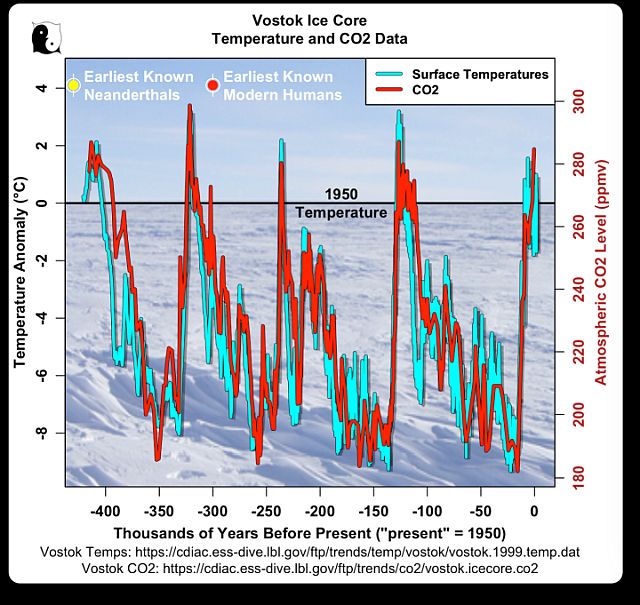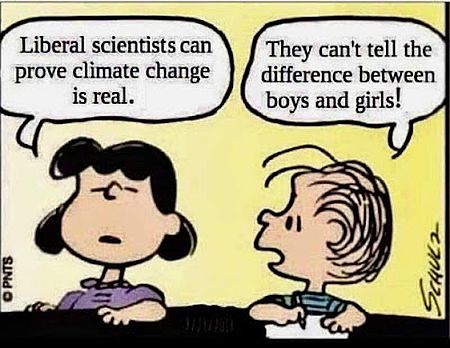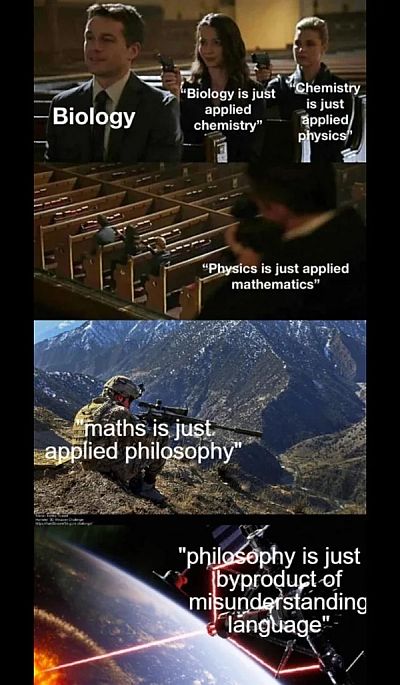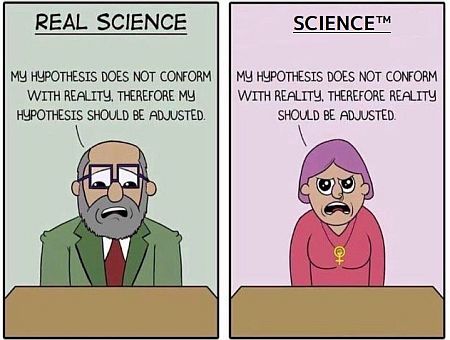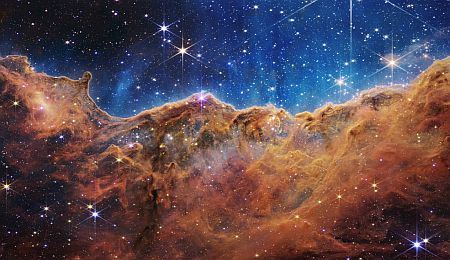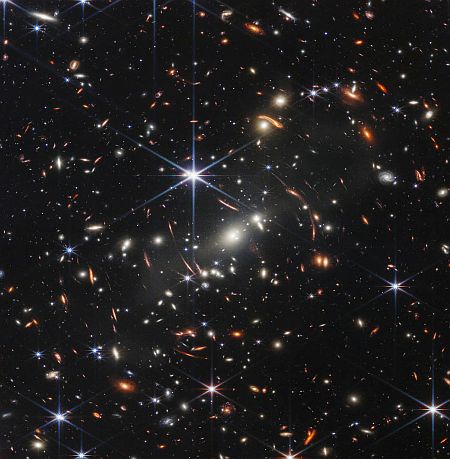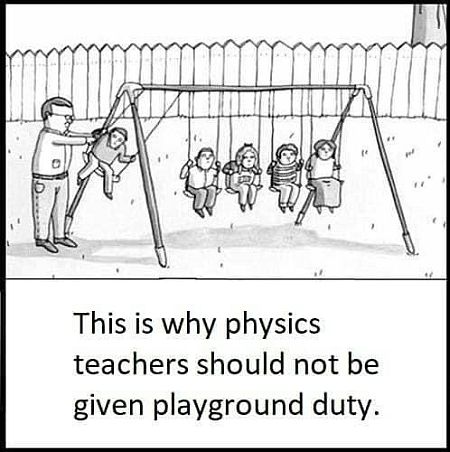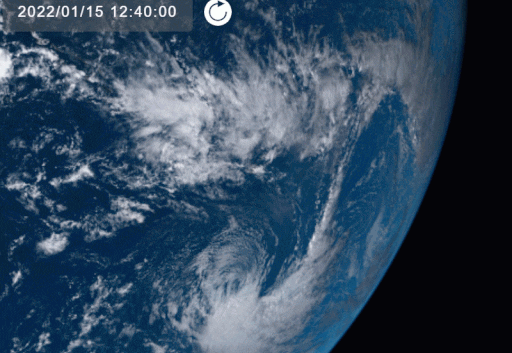Dodged a big one. From Spaceweather:
SPECTACULAR ERUPTION:
Yesterday, astronomers in Europe witnessed the most spectacular eruption of Solar Cycle 25 so far. "It was a spine-chilling moment for me," says Mehmet Ergün, who photographed the massive spray of plasma from his observatory in Traisen, Germany:
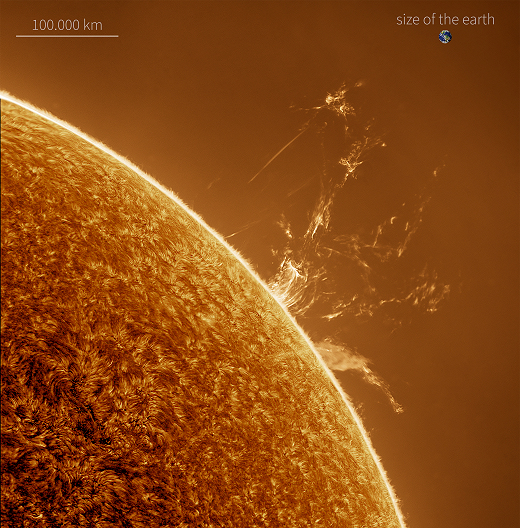
"This was probably the biggest eruption I have ever seen," says Ergün. "Such events cannot be planned. I was lucky to be looking when it happened."
Many observers noted the rapidity of the blast. Giorgio Rizzarelli of Trieste, Italy, says "it lasted only about one hour. Fast prominences like this are uncommon. From a movie I made I estimate its speed was comparable to that of the solar wind." Dennis Put of The Netherlands says "it was changing so rapidly, which made it very spectacular."
NASA's Solar Dynamics Observatory captured a beginning-to-end movie of the blast:

What exploded? We don't know. The blast site is hidden behind the sun's southeastern limb. Helioseismic maps of the sun's farside suggest a large sunspot may be located at the base of the spray. If so, it will turn toward Earth a few days from now. Stay tuned.
If this flare had let loose when pointed in our direction, we would be in a world of hurt. Large power outages all over the planet. ATMs and cell phones down. No internet. Chaos. A bunch of us store radio equipment in shielded cases for such an event but we will be back in the stone ages for six months at the very least.
There was a similar event in 1859 that shut down telegraphy and produced aurora borealis seen as far south as the Carribbean. It was documented by British astronomers Richard Christopher Carrington and Richard Hodgson — the first records of a solar flare. We have had subsequent flares in 1921, 1960, 1989 and a big one in 2012 that thank God missed our planet by a few days. The rotation of the Sun pointed it away from us.
Our technology is very fragile. Cities are going to be hellholes.
